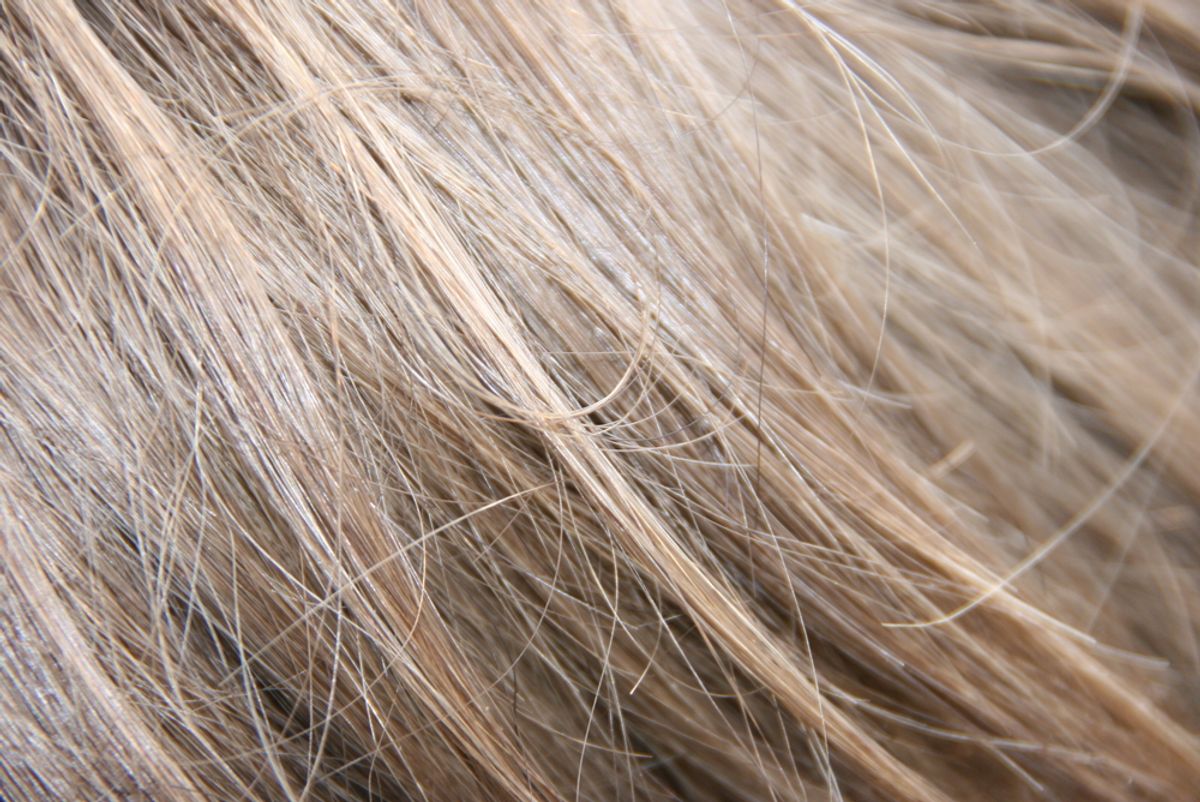Finding a hair in your spaghetti is gross, no question. But it is not, for the most part, a health threat. It's so benign that the Food and Drug Administration in its Food Code guidelines doesn't even place a limit on strands per plate. The FDA has received no reports of people getting ill from ingesting hair found in food.
Here's why you shouldn't worry, explains Maria Colavincenzo, a dermatologist at Northwestern University who specializes in hair: Hair is made of a densely packed protein called keratin, which is chemically inactive in hair and won't cause any problems if digested. It's possible that staph bacteria, which can upset the stomach and bring on a case of diarrhea, could hitch a ride on a strand. But it's very unlikely, Colavincenzo says, that the tiny amount of staph that can hide on a hair or two is enough to lead to gastrointestinal problems.
The only real scenario in which hair would pose a threat, she continues, is if you ate a whole head's worth. Large quantities of the stuff can do to your digestion what it does to your shower drain. Ingesting that much could make long clumps of hair, called trichobezoars, form in your stomach and cause abdominal pain and other symptoms.
The truth is, you might have eaten hair today. Food manufacturers use L-cysteine, an amino acid in keratin, to stabilize dough and perk up the taste buds that detect salty, savory flavors. Although some factories derive their L-cysteine synthetically or from duck feathers, others get it from human hair. It's clean, though, thanks to the fact that the manufacturers who use human hair boil it in hydrochloric acid to extract the L-cysteine from the keratin.
Yummy hair derivative aside, there's still that nasty strand stuck in the meatball. The FDA has set many standards for what it defines as "natural or unavoidable defects" in foods, but hair doesn't make the list. And if you think that's icky, there might be something even worse in your spaghetti; the FDA also okays up to two maggots per can of tomatoes.
This article originally appeared in the October 2010 issue of Popular Science magazine.
![]()



Shares